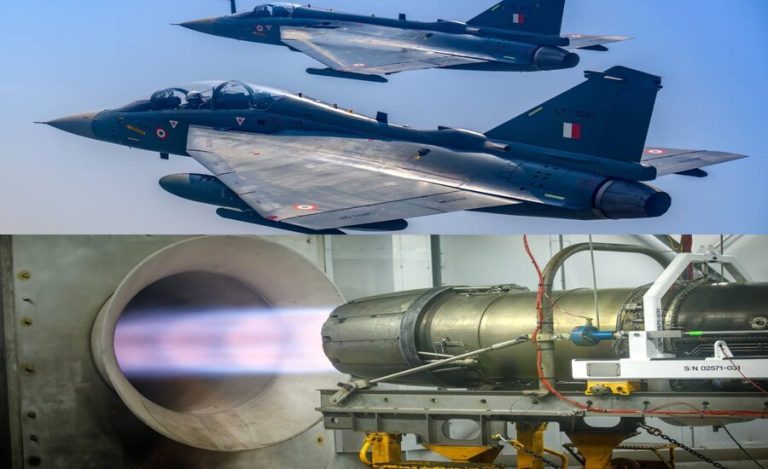New Delhi: Global crude oil prices have taken a sharp plunge, falling nearly 15% to below $70 per barrel, down from recent levels of $81, amid ongoing geopolitical uncertainties involving Israel, Iran, and now the United States. While the announcement of a potential ceasefire has contributed to easing market tensions, the broader energy market remains volatile, prompting India to brace for potential supply disruptions.
This decline is having a multi-dimensional impact on India’s oil sector, especially the state-owned Public Sector Undertakings (PSUs), both upstream and downstream.
Crude Slide Pressures Upstream Giants Like ONGC and Oil India
Indian upstream oil producers such as Oil and Natural Gas Corporation (ONGC) and Oil India Ltd are directly bearing the brunt of falling crude prices. On Tuesday, ONGC’s stock dropped 2.90%, while Oil India slumped by 5.38% as investor sentiment soured.
The financial exposure is significant. According to market estimates, every $1 fall in crude oil price reduces ONGC’s annual revenue by ₹300–₹400 crore. These firms operate on thin margins when crude prices slide, as their earnings are closely tied to the realization from crude sales.
Downstream Refiners Like IOC, BPCL, HPCL Gain from Cheaper Input Costs
Conversely, downstream companies such as Indian Oil Corporation (IOC), Bharat Petroleum Corporation Ltd (BPCL), and Hindustan Petroleum Corporation Ltd (HPCL) are likely to benefit. These refiners purchase crude to process into fuels, and lower input costs mean better gross refining margins (GRMs) and improved profitability.
A $1 per barrel fall in crude prices is estimated to improve EBITDA by ₹200–₹300 crore for these firms, depending on refining throughput and product mix.
Paint and Chemical Companies Also Reap Gains
Crude derivatives form a large portion of raw material costs for sectors like paints, chemicals, and plastics. Notably, paint companies spend up to 50% of their input costs on crude-linked materials. A sustained decline in oil prices translates to better margins and potentially lower prices for end consumers in these sectors.
Strategic Moves by India Amid Global Volatility
India, heavily dependent on imports for over 80% of its crude oil needs, is already working on diversifying its oil sourcing strategy. The current geopolitical turbulence has prompted the government and oil companies to prepare for unforeseen supply chain risks.
Over the past few years, India has expanded its supplier base beyond the Middle East to include the US, Russia, and Latin America—an effort that is now proving critical amid growing regional tensions.
What Lies Ahead?
While the price drop is offering temporary relief for refining and consumer-facing sectors, the volatility in West Asia could reverse gains quickly. The Indian government is closely monitoring developments and taking measures to insulate the economy from supply shocks and energy price instability.


























